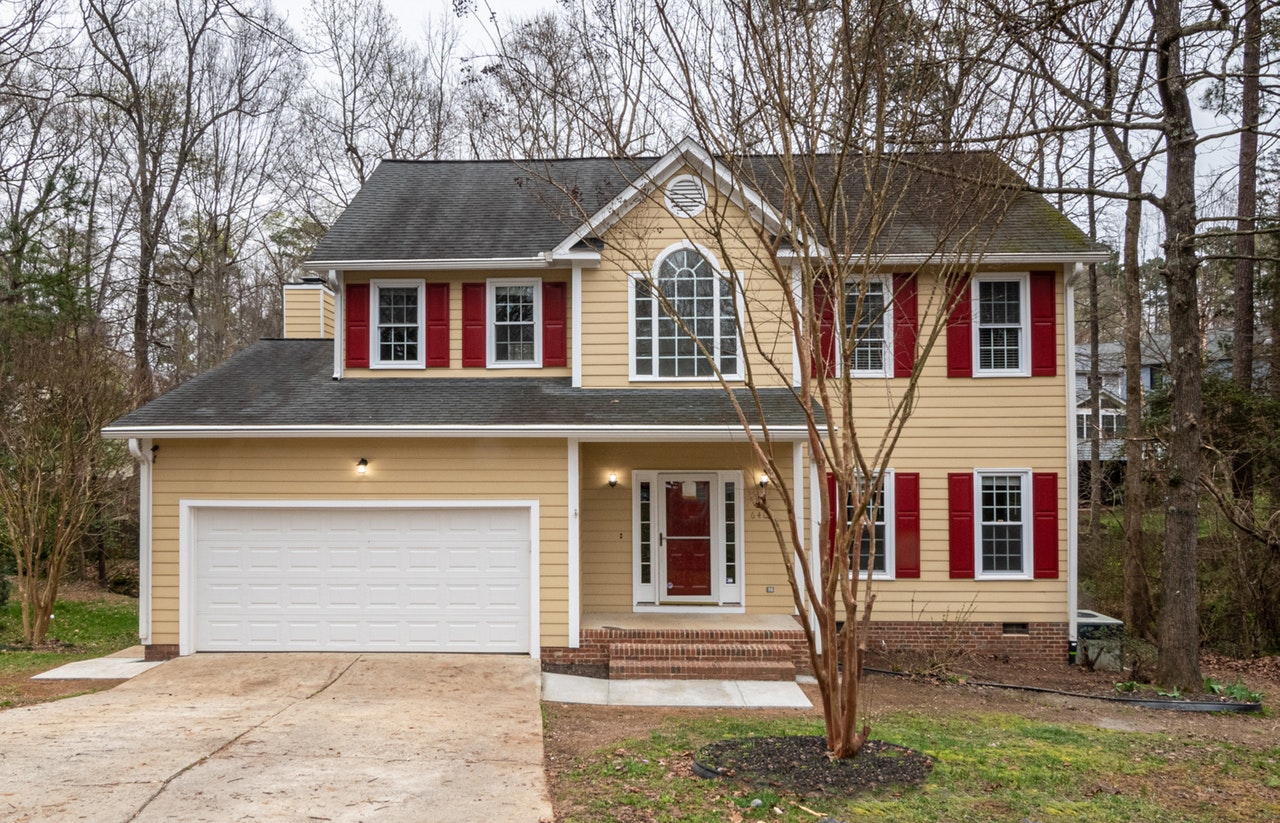Six Sigma In Real Estate
By Zeerik Ahmad | July 29, 2020
Use the Six Sigma Tools to Improve Your Real Estate Profits

Six Sigma in Real Estate is one of the areas, where most real estate companies may not consider to introduce or implement it due to its project management and civil engineering nature.
But the truth is other way around. Six Sigma is an approach and is not limited only to manufacturing from where it originated. It has now massively entered into the service sector which includes, banking, hospitality, accounting, law, consulting and of course real estate as well.
Real Estate industry is very vast. It includes, real estate infrastructure development, real estate housing construction, real estate marketing and sales and real estate after sales services and / or maintenance services.
With such a vast expanse, it may not matter from where you start, but what matters is that how systematically your start your journey. Six Sigma approach can help to improve the existing business processes one step a time. The extra waste or unnecessary steps which are not adding any value for the customer journey, can easily be eliminated or re-adjusted. At the same time, the role of technology and automation can also play a very productive role.
Six Sigma Perception Management

Normally, the real estate companies have a perception that Six Sigma in Real Estate does not have any place in their industry. This may be because of the reason that Six Sigma is considered and perceived as a very strict statistical and data oriented business process improvement science. But the fact of the matter is that it not only a data driven science, rather it is more than that. It also helps the top management to take the right decisions, based on the right data analysis from the past.
Real Estate sector in the world in split into three sizes as any other business, small, medium and large. However, Six Sigma still has its role in every size of real estate company.
Moreover, another deterring factor and perception about Six Sigma is also about the commitment of the financial resources which any company has to expense out to introduce and implement Six Sigma, since it requires to have additional Six Sigma Certified human resources.
As per my direct experience in the real estate industry, this is also one of the myths and wrongly perceived bottlenecks. Six Sigma can be started even without much money starting from your own department or business unit where you happen to work.
I have worked with many real estate companies, mostly big, but it was not always necessary to do a full long term Six Sigma projects. The company adopted only some partial tools for the Six Sigma to improve the business processes in order to better streamline the existing affairs. The main part was improving the turnaround time (TAT) for many customer centric business processes.
Six Sigma in Real Estate Areas For Improvement

Generally speaking, few main areas for improvement in real estate are:
- Reducing the product development cycle time
- Reducing or optimizing the product or project cost
- Enhancing Quality construction development and furnishings
The above three main areas are the actual deliveries from any real estate developer in the world. But ironically, more or less, all three main important areas, most of the times are not met as per the customer specification limits nor as per their satisfaction levels. The reasons for this are many.
This is the area where Six sigma in Real Estate can play its role very effectively and can dig deeper to analyze the root causes and then come up with the systematic plan for its rectification and elimination.
There are few similarities between the nature of real estate projects and Six sigma projects. The obvious one is that both are project management oriented disciplines. The real estate starts with the planning of the project, which has its own timeline – which may range from 1 year to 10 years.
Six Sigma in Real Estate Ambit

Six Sigma in Real Estate makes the perfect sense that Six Sigma approach can be embedded right at the planning stage of any real estate project.
Six Sigma ambit in real estate can be …
- Managing the raw material efficiently at the time of infrastructure development
- Acquisition of lands with all the required checklists and NOCs in place.
- Managing the approval processes with better turnaround times
- The definition of the Quality standards at the time of constructing the houses.
- The house booking forms and the booking processes for the customers
- The availability of fast, efficient and multiple payment methods
- The efficient and timely post sales and maintenance services
Example of Six Sigma in Real Estate
The famous American real estate company, Jones Lang LaSalle
(JLL) used the Six Sigma principles and methods to improve many areas of the real
estate product life cycle development which was reduced by 30 %.
They also improved their leasing procedures by reducing the communication & speed of delivery by 20%.
New lighting and energy systems were put in place with better auto thermostats. This alone helped the organization save USD 5 million on yearly basis.
The call center efficiencies improved by 50% which resulted in additional USD 540K annual savings.
Besides, there were many more areas which contributed in more consolidated savings on yearly basis.
It is important to note that Jones Land LaSalle (JLL) committed to Six Sigma implementation for the rigorous straight 2 years. But they started small, and started getting quick wins first in small areas and then they kept moving forward at an optimal pace.

This is just one of the many examples of the Six Sigma in Real Estate case studies. Many more real estate companies have started applying and using the Six Sigma techniques. Though not all are making the full fledge and comprehensive Six Sigma Black Belt projects, but they are still using some tools and methods and most importantly the Six Sigma thinking in every step possible to see and analyze where things can be done better.
Whether you believe in Six Sigma in real estate or not, it certainly is not an evil thing, it only requires the initial investment on the Six Sigma expertise to start using the Six Sigma approach and the tools. But many case studies are showing that it is not necessary anymore. You can use your own in-house human resources and can encourage them to take a course or two online on Six Sigma at very affordable cost. This way it can help to change the existing mindsets and they can start thinking differently especially the Six Sigma thinking way. And this is the start of the journey with Six Sigma in Real Estate.